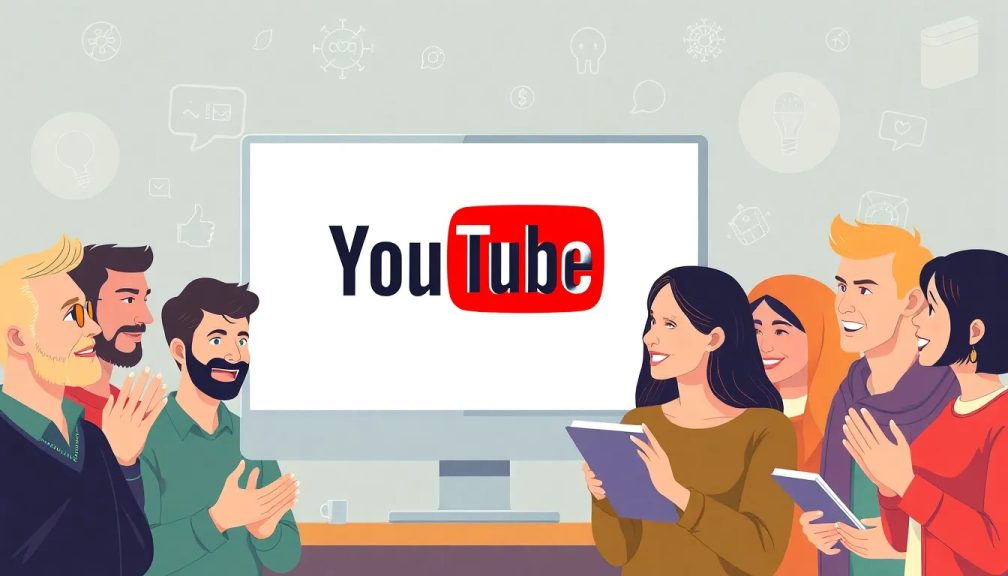YouTube to Reinstate Channels Banned for COVID and Election Misinformation

YouTube is a platform that has often found itself at the center of political discourse, particularly in recent years. The announcement regarding the restoration of channels previously banned for misinformation related to COVID-19 and elections raises important questions about content moderation, freedom of expression, and the impact of political pressures on social media platforms. This move by YouTube's parent company, Alphabet, marks a significant shift in its approach to managing controversial content.
YouTube's Shift in Content Moderation Policies
Recently, Alphabet has confirmed the restoration of channels that were banned for spreading misinformation, particularly concerning COVID-19 and election-related content. This decision signals a potential shift towards a more lenient stance on political content moderation on YouTube. The company claims to prioritize free expression and political discourse, suggesting a move away from its previous stringent policies.
This change comes in the wake of pressure from various political factions, as evidenced by a lengthy letter sent to Rep. Jim Jordan (R-Ohio). In this letter, Alphabet articulates its new approach, asserting that the previous moderation policies were influenced heavily by requests from the Biden administration. The company’s narrative indicates a desire to recalibrate its policies in light of changing political dynamics.
The Role of Political Influence in Content Moderation
Alphabet's announcement reflects the complex interplay between social media companies and political entities. The company states that it faced significant pressure to ban specific accounts during the previous administration, implicating a political bias in its moderation efforts. According to Alphabet, misinformation related to COVID-19, such as dangerous claims suggesting bleach could cure the virus, was not initially against YouTube's policies.
With the shifting political landscape, YouTube is now positioning itself to adopt a more permissive stance. The implications of this decision can be profound, raising concerns about the potential resurgence of misinformation on the platform. Some key points to consider include:
- The balance between preventing harmful misinformation and allowing free speech.
- The potential for increased polarization as more conservative voices return to the platform.
- The responsibilities of social media platforms in curbing harmful content while supporting open dialogue.
Impact on Banned Channels and Content Creators
As part of its new policy, YouTube plans to reinstate several high-profile channels that were banned for violating misinformation policies. This includes notable figures in conservative media, such as Dan Bongino and Sebastian Gorka. Their reinstatement suggests a strategic effort by YouTube to rebuild relationships with conservative content creators and audiences.
This decision could have several implications for both content creators and viewers:
- **Rebuilding Audience Trust**: Many content creators may feel more secure in expressing their political views without the fear of censorship.
- **Potential for Misinformation Resurgence**: The reinstatement of these channels may lead to a rise in the spread of unverified information, especially around sensitive topics like health and elections.
- **Community Reactions**: Viewer reactions could vary widely, with some applauding the return of these voices while others may express concerns about misinformation.
Long-Term Effects on YouTube's Ecosystem
The long-term effects of these changes on YouTube's ecosystem remain to be seen. By allowing previously banned channels back into the fold, YouTube might be fostering a more polarized environment. Some analysts suggest that this could lead to an increase in the spread of conspiracy theories and misinformation, particularly if users feel emboldened to share unverified claims.
On the other hand, some proponents of free speech argue that this policy could encourage a more vibrant exchange of ideas. However, it raises critical questions about the responsibility that platforms like YouTube have in moderating content while allowing for a diversity of opinions.
As YouTube and other social media platforms navigate the complexities of content moderation, several trends may emerge:
- **Increased Transparency**: Platforms may need to provide clearer guidelines on what constitutes misinformation and how moderation decisions are made.
- **Adaptive Algorithms**: There may be advancements in technology to better identify and manage harmful content while still allowing for a range of viewpoints.
- **User Empowerment**: Social media platforms could implement features that allow users to flag or report misleading content more efficiently.
Conclusion
The decision by YouTube to restore channels banned for misinformation reflects ongoing tensions between free expression and the need for responsible content moderation. As the platform adapts to changing political landscapes, the effects on its community and the broader discourse surrounding misinformation will be closely observed.



Leave a Reply